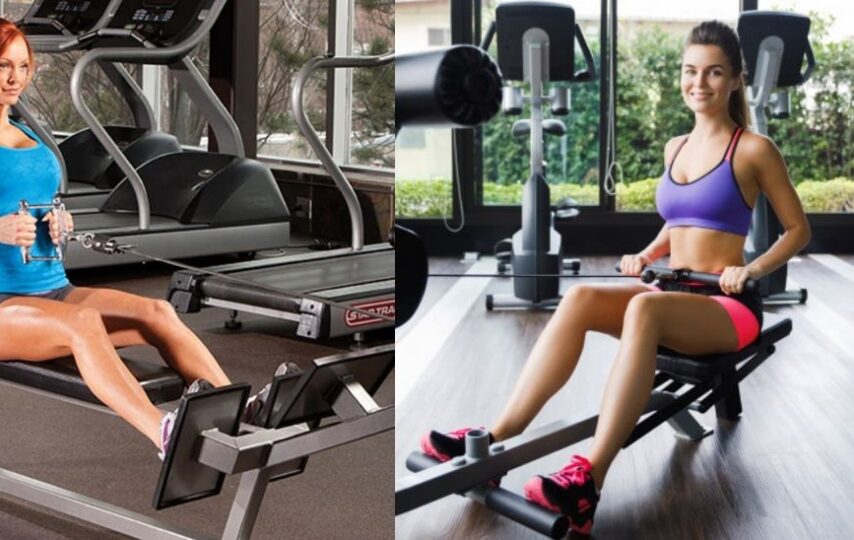The seated cable row grows the muscles of the trunk along with the forearms. It’s a great all-purpose compound exercise for growing mainly the back whilst supplying useful arm work too. The seated cable row is done on a weighted flat cable system with a seat and footplates. This is sometimes a standalone bit of equipment or portion of a multi-gym. It may be utilized as a part of an upper-body strength exercise. The lat pulldown is frequently performed following the seated cable row at a string of
Benefits
The seated cable row is a drawing exercise that works the rear muscles generally, especially the latissimus dorsi. This exercise is just one done to create strength as opposed to as an aerobic exercise. Though it’s known as a row, it’s not the timeless rowing action that you may use on the aerobic rowing machine. It’s a practical exercise as many times a day you pull things toward your torso. Learning how to engage your abs and then utilize your legs while keeping your spine straight helps prevent injury and strain. This back type with abs participated is you use from the squat and deadlift exercises.
Step-by-Step Directions
Sit on the stage along with your knees flexed and grasp the cable attachment. It frequently includes a triangle manage, but it could be a pub. Position yourself with your knees slightly flexed and so you need to reach to catch the grip with outstretched arms without bending the lower spine over. Brace that the abdominals and you are ready to row.
- Pull-on the grip and weight back toward the lower abdomen when attempting to not utilize the momentum of this row a lot by transferring the chest backward with all the arms.
- Twist the grip forward under pressure to full stretch, remembering to maintain back that straight although flexed at the hips. Repeat the exercise to your desired variety of repetitions.
Frequent Mistakes
Avoid these mistakes for the most out of this exercise and protect against strain.
Rounded Rear
You’re able to bend slightly in the hip to permit a complete selection of movement.
Moving Chest
Use your arms to the movement instead of moving your chest. Keep your chest throughout the workout.
Too Quickly on Arrival
Return the pounds under pressure into the beginning place. Do not wreck the weights and do not dip or dip at the base of the lift.
Lowered Range of Motion
If the fat is so heavy that you aren’t capable of going through the complete assortment of movement with great shape, it’s too heavy. Reduce the weight and guarantee you’re obtaining a complete range for this particular Isolated exercise.
Changes and Differences
This exercise could be carried out in various ways to satisfy your requirements and goals.
Need a Change?
Begin with light weights once you first start to perform this exercise. As your body adjusts, you’ll have the ability to add more fat.
Up for a Challenge?
It is possible to alter the hand attachment along with your clasp to target unique places on your spine and just how much you’re utilizing your biceps.
A single-arm cable row may also be achieved. This is sometimes useful when you’ve got one side of the body that’s a lot more powerful than another. The single-arm exercise is also more of a heart challenge since the muscles much work harder to maintain your chest from rotating.
Security and Precautions
Safety and precautions careful when you have a current or previous shoulder or lower back injury. You may speak with your physician or physical therapist to find out whether it’s advised.








